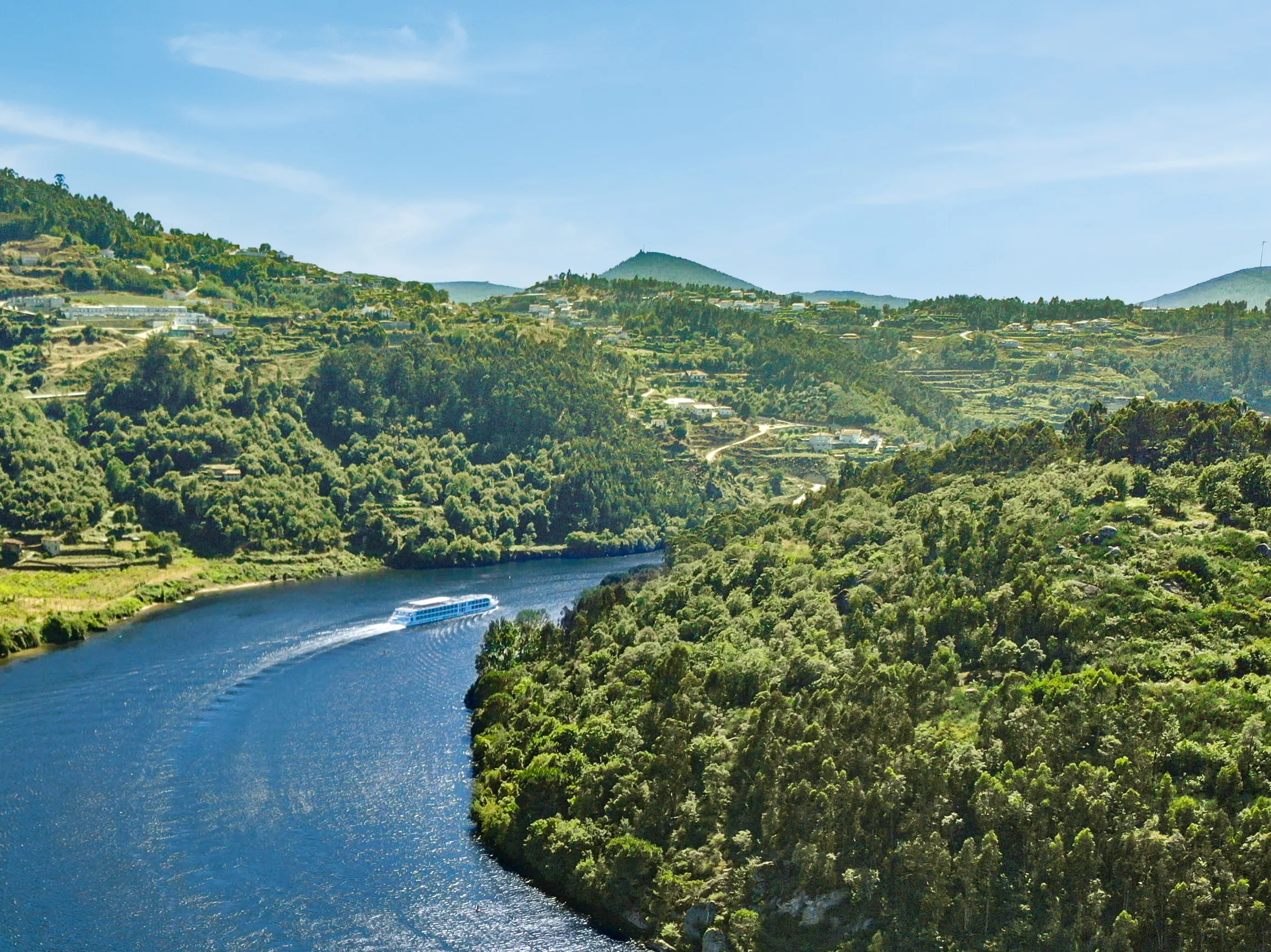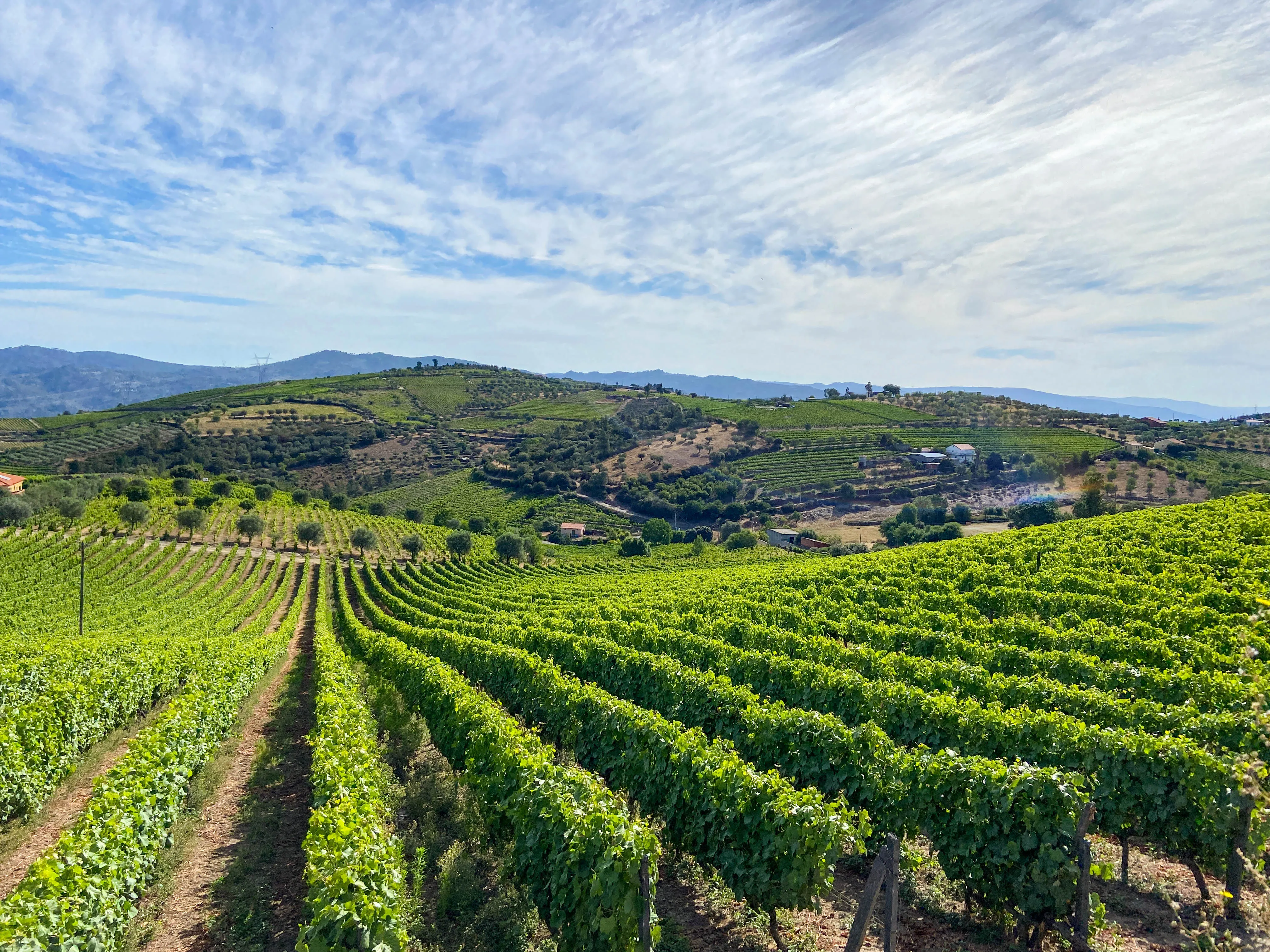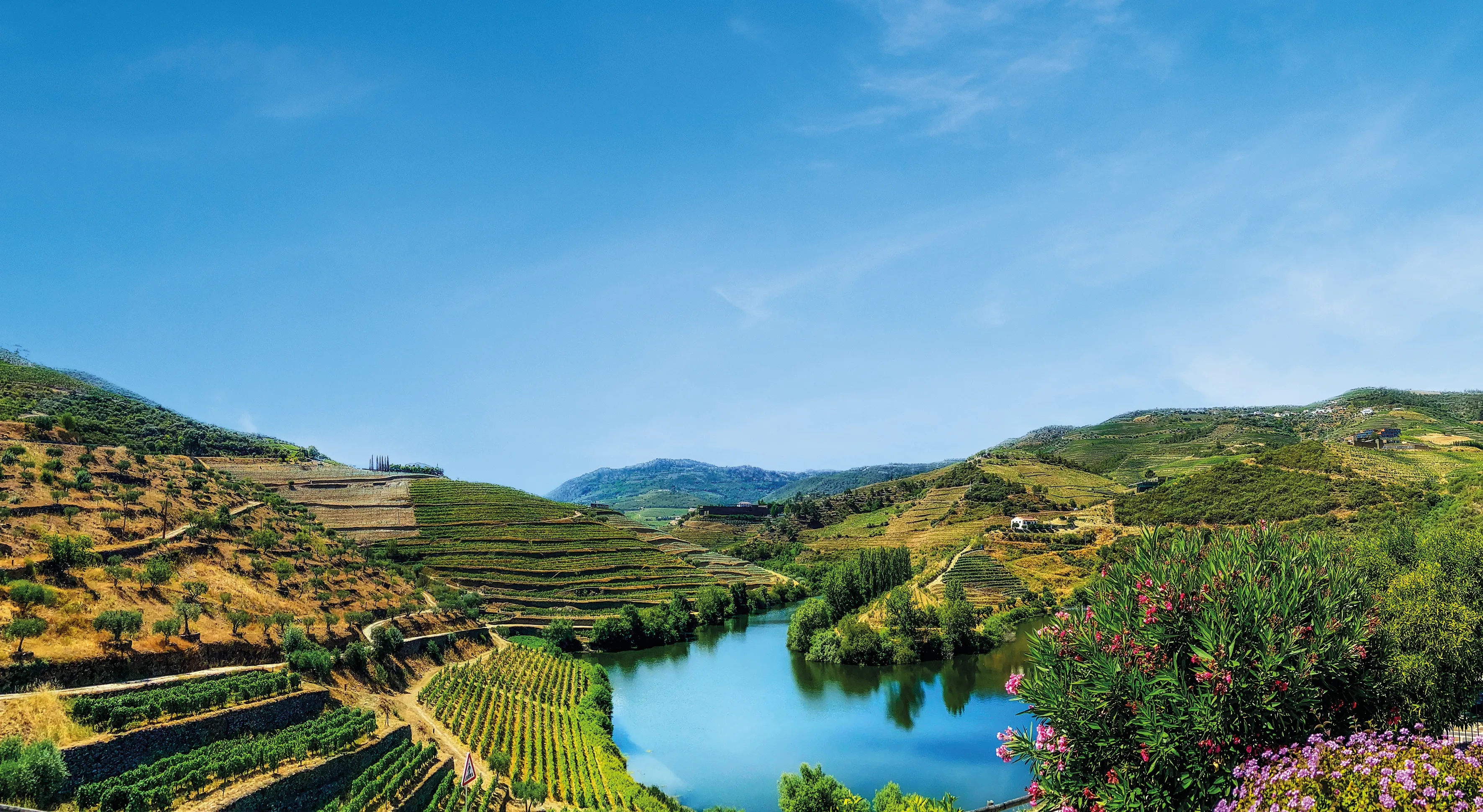- Home
The Douro (Portugal)
The Douro River (Portugal)
The Douro, the fragrant cradle of Porto’s wine
It flows between the vineyards that seem to fall steeply into its sparkling waters so to impress the cruise lines. It is the privileged witness of all the secrets of making porto wine known and exported for centuries. It distills a romantic and nostalgic lifestyle in the heart of a wild nature swept by scents of oranges and mimosas in bloom. In the south of Europe, the Douro River, the Golden River of Portugal, tells the love story of man and vineyard on a Fado air. The vineyards are the main attraction of the Douro Valley. It took twenty centuries since the Romans, to realize this architecture of terraces and bleachers and to plant the vines clinging on slopes up to 70 ° for some. The job was not easy. Generations of winemakers have built thousands of kilometres of retaining walls that climb up to 700 meters above sea level.

Porto wine since the 13th century
The reward of all these efforts is the Porto wine which the English have loved since the 17th century. In 1670, Bartholomew Bearsley, the son of a wool and dried cod merchant based in Viana do Castelo, was the first Englishman, along with John Croft, to scout out the upper Douro Valley to stock up on wines. He was the first foreigner to build a "quinta", a wine farm as we see here and there to Barca d'Alva, near the Spanish border. These beautiful immaculate homes that illuminate the vineyards are teeming with an intense life during the grape harvest that is still practiced often using the "old ways”. The name, Porto Wine appeared in 1675. The story goes that the formula of porto was developed by a religious group who poured some measures of brandy in a tank to stop the fermentation of the grapes during their transport by boat. But it was several decades later before the wine that we know today, a blend of about fifteen wines of different age and quality was born. The Douro region is the oldest region of controlled designation of origin in the world. It totals nearly 30,000 hectares of vines divided between 26,000 wine growers. For a long time, the barrels of wine were loaded aboard the Rabelos, these flat bottomed shallow draught boats transported the wine to Porto by river. These colourful boats are now only a tourist attraction of Porto city. A city that invites you to enjoy its heady wine in the cellars of Vila Nova de Gaia on the other bank.

“Life through rose tinted glasses”
This gourmet’s journey will make you see “life through rose coloured glasses”. Pink as the roofs of Porto the city that gives its name to its famous wine. A touch of cheerfulness in this granite fortress that does not scream joy at first sight. It is necessary to look at it closely. Discover it by interfering in its life, in the maze of stairs and alleys cluttered with linen, where here the “oyster” opens. Here a baroque chapel, there a neoclassical palace. Trade halls teeming with people. Walls awakened by the light of the "azulejos", these typical frescoes in blue wall tiles that tell the story of the Ribeira neighbourhood in particular, its life, its past, its beliefs. Many influences, Roman, Moorish, Arab, Anglo-Saxon, all left their traces in Porto. The Clérigos Tower, a 76-meter-high bell tower erected in the 18th century, offers panoramic views of Porto and its historic centre is a UNESCO World Heritage Site. The second city of Portugal, beaten by the waves of the Atlantic Ocean, is a metropolis of 350000 inhabitants with intense traffic. Three bridges facilitate the economic life of the region: The one erected by Gustave Eiffel at the end of the 19th century straddles the 150 meters of the Douro valley in one span.

Five dams
Another life, hidden far upstream of the Douro, awaits the tourist. The rougher but warmer wild nature. Between a hedge of honour vineyards on nearly 200 kilometres from Porto to the Spanish border, the Golden River takes centre stage. It is said to be languorous, that is true, but it had to be eased. 850 kilometers long, it has its source in Spain, in the Sierra d'Urbion, at 2250 meters above sea level and is like a river in the crossing Castile. However as soon as it enters Portugal, it turns into an impetuous torrent. Five dams, which are also attractions of the river, calm its course: Crestuma, Carrapatello which is the highest in Europe with 35 meters, Régua, Valeria and Pocinho punctuate the course of the river which can experience spectacular floods. It also hosts powerful hydroelectric plants. Some cultural and poetic stopovers are also needed. Among the most remarkable, the visit of Vila Real, known for its religious architecture, provided to push the ride to the mansion "Solar Mateus". Further, Pinhao and Barca d'Alva, kingdom of Bacchus by excellence, guarantee the intoxication of the senses in the heart of a country that has long lived curled in on itself.

